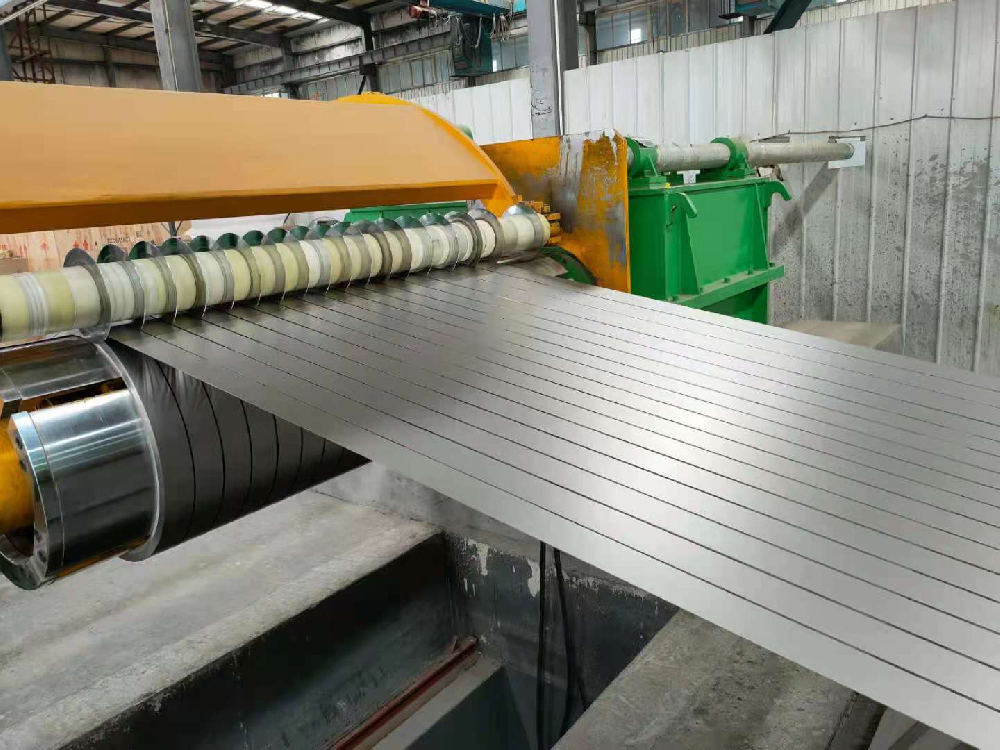Metal Surface Treatment: Passivation and Pickling & Passivation
Metal Surface Treatment: Passivation and Pickling & Passivation
In metal surface treatment, passivation and the combination of pickling and passivation are not the same thing; they have an inclusive relationship.
The combined process of pickling and passivation is a common method of achieving passivation, while passivation is a broader technical concept. To clarify the differences and connections between the two, analysis needs to be conducted from dimensions such as definition, core purpose, technical logic, and application scenarios:
I. Core Concept Differentiation: Definition and Essence
Passivation: A method that uses chemical or physical means to form a dense, stable oxide/compound film on the metal surface, blocking contact between the metal and corrosive media (such as air, water, acids, alkalis), thereby enhancing corrosion resistance.
Pickling & Passivation: This combined process first undergoes pickling, which removes impurities like scale, rust, oil stains, etc., from the metal surface. Then, passivation is used to form a protective film on the clean metal surface.
II. Application Scenarios
Application Scenarios for Passivation -
Suitable for situations where the metal surface is relatively clean (no significant scale, rust spots) and only requires enhanced corrosion resistance. An example of this is phosphating and passivation of cold-rolled steel sheets before leaving the factory (no scale, only requires the dual protection of a phosphating film + passivation film).
Application Scenarios for Pickling & Passivation -
Suitable for situations where the metal surface has impurities such as scale, rust, weld slag, heat treatment oxide layers, etc., which require cleaning first and then protection. Some examples include:
Surface treatment of stainless steel hot-rolled plates and forgings (thick scale inevitably produced after hot working).
Internal surface treatment of pipes and containers after welding (weld scale can lead to localized corrosion).
Renovation of old metal parts (requires pickling to remove rust first, then passivation to prevent secondary rusting).III. Core Commonality: Consistent Ultimate Goal
Although the processes and application scenarios of these two techniques differ, their ultimate goals are completely identical – both aim to construct a passivation film on the metal surface, enhancing corrosion resistance through the following ways:
The formation of a physical barrier: The passivation film is dense and non-porous, preventing corrosive media like water, oxygen, and ions from contacting the metal substrate.
Ensuring chemical stability: The passivation film itself (e.g., Cr₂O₃ on stainless steel, Al₂O₃ on aluminum) is chemically stable and does not react with common corrosive media.
Allowing self-repair: Some passivation films (e.g., chromate films) can regenerate in the presence of specific ions in the medium if slightly damaged, restoring protective capability.
Summary:
Passivation: Directly putting a protective coat on the metal, which is suitable for clean metal surfaces only.
Pickling & Passivation: First bathing and descaling the metal, then putting on a protective coating, which is suitable for metals with surface impurities.
Relationship: Pickling and passivation is an upgraded combined process of passivation, essentially pre-treating a metal surface before passivation.


